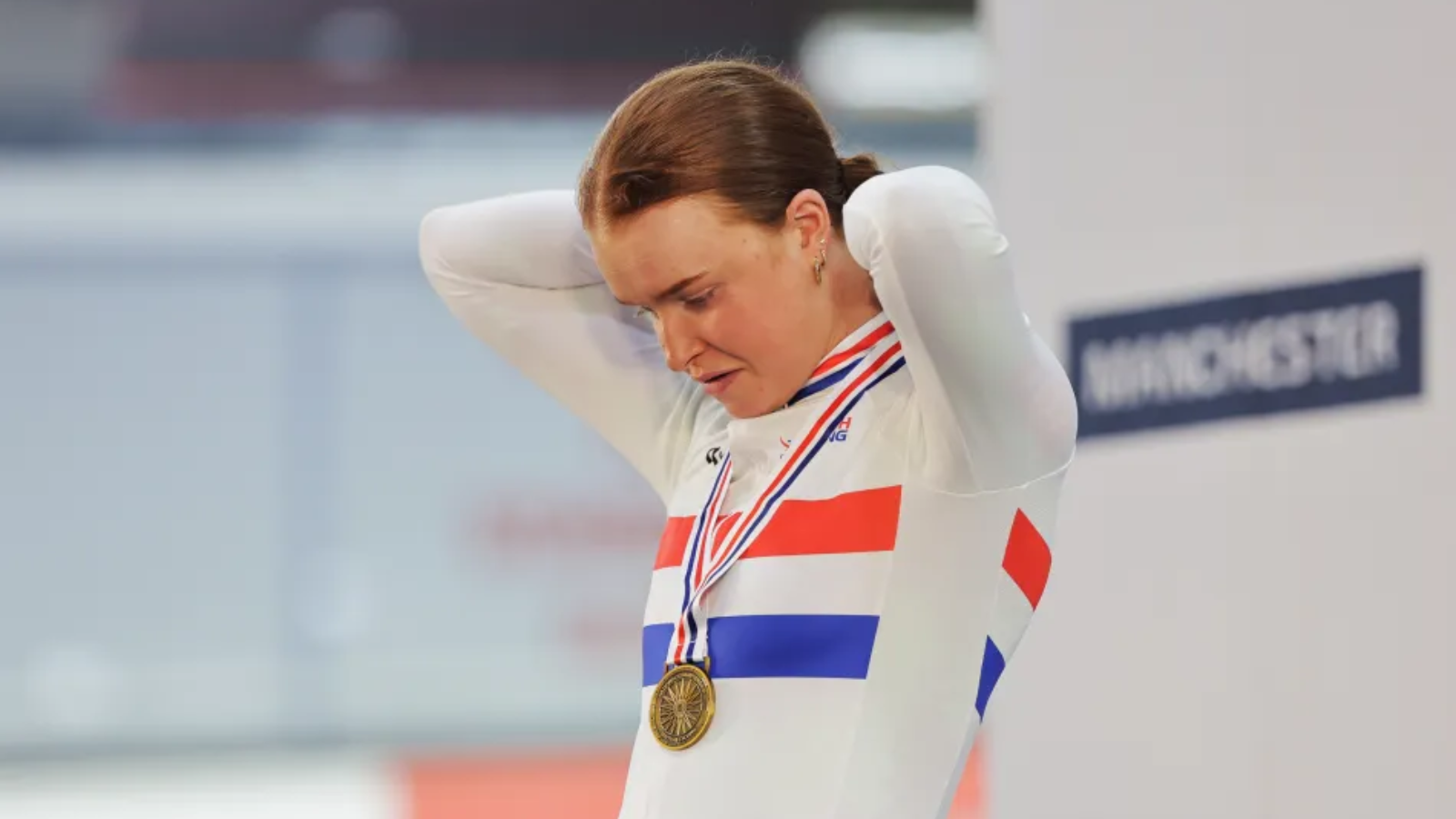By Kate Richardson, Hess Cycling Team rider
The effects of a women’s menstrual cycle on their athletic performance is an ever increasing topic of conversation within the sporting community and is something that all female athletes experience. Whilst individually the impact will almost certainly be different (good or bad), it’s a simple fact that the female body undergoes huge physical and hormonal changes on the journey through puberty from child to adult. Whilst these changes are absolutely natural and necessary in growing into a healthy female body, there can be difficulties and challenges along the way in relation to athletic performance.
From a personal point of view, I have consistently encountered a number of challenges with my cycle, the key ones being; physical changes; emotional symptoms and; iron deficiency.
From a young age I’ve always been very active and into sport. I’ve always loved being outside, competing and committing to being the best I can be. After trying numerous different sports, I decided at the age of 13 that triathlon and athletics were the ones I wanted to pursue. Between the ages of 13 and 15, running in particular always came very easy to me. I was a very slight teenager and it felt very easy to run fast for long periods. I won multiple National titles across athletics and triathlon and sport quickly became something I hoped to make a career one day.
When I hit puberty though, my body slowly started to change and what once felt easy became a huge struggle. Whilst you don’t realise it at the time, your body is undergoing huge physical changes in its transformation from child to healthy adult. To put it bluntly, puberty results in absolutely necessary weight gain which is crucial to ensuring healthy growth and development. Additionally, the hormonal changes your body experiences can also massively affect your emotions, making it harder to think and behave rationally. I was training just as hard , if not harder than I did before but my times were getting slower. This can be extremely demoralising and seems very unfair. I couldn’t understand why I was more motivated than ever and trying even harder to improve, but seemed to be going backwards.
I remember that stage of my development very clearly and although personally I had a very strong support network and menstruation is much more openly discussed now, I still don’t think there is enough discussion and education to prepare young female athletes for what they will experience and as such a massive percentage is lost to sport at this time.
Whilst the changes catalysed by puberty can be difficult to accept, and it took me some time and was very tough, it’s absolutely critical to understand that these changes play an essential part in ensuring the body functions optimally in adulthood and it should be celebrated that our bodies are healthy. For me, an effective coping mechanism for the performance decrease that occurred once my menstrual cycle began was to accept that my body had changed naturally and instead of comparing myself to the times I was running when I was in a 13 or 14 year old’s body, I acknowledged that I was now effectively running in a new body, set myself new, achievable goals and targets and worked my way back slowly from there.
Anaemia was another challenge I faced throughout puberty. If you suffer from particularly heavy bleeding during your cycle, this can result in an iron deficiency. Low iron can lead to reduced energy and endurance, reduced oxygen delivery to muscle tissue and increased fatigue. I personally noticed a huge performance decrease due to this and found myself constantly feeling tired, fatigued and struggling to recover from training sessions. It was clear that something was wrong and eventually a blood test revealed that my iron (ferritin) levels were far too low. After a couple of months of using iron supplements, I noticed a massive difference and was back to normal. Incorporating foods rich in iron into your diet such as red meat and green vegetables is a good way of ensuring your iron levels remain stable. As an athlete, I’ve been taking iron supplements and getting regular blood tests now since I was 14 years old.
Whilst the effects I’ve listed may all seem gloomy and negative, the first step for any young female athlete is to acknowledge and accept that that the process of menstruation is natural and necessary. Then, the key this is to gain the best possible understanding of both your cycle and your symptoms. Ensuring you do that in a structured and positive way will help you learn how to effectively manage your symptoms and can actually help you learn how to use your menstrual cycle to your advantage. Increased scientific research has revealed that a large number of female athletes find they experience higher energy levels during the mid follicular phase of their cycle, due to rising oestrogen levels. This facilitates higher pain tolerance and helps athletes cope with high intensity training. It’s a good idea to track your menstrual cycle and to work with your coach to programme training around the different phases of your cycle to help ensure you get the most out of yourself.
It can be tough dealing with the changes that occur during your menstrual cycle and it can be confusing and demoralising if they start affecting your performance. It’s important to remember though that it is completely natural and normal for these changes to occur and an essential part of a woman’s growth and development. The most important thing is to be patient and to get in tune with your body in order to best understand how your menstrual cycle affects you personally. Open, honest and regular communication with your coach and support team will help you plan accordingly and ensure you’re always getting the best and most out of yourself.


